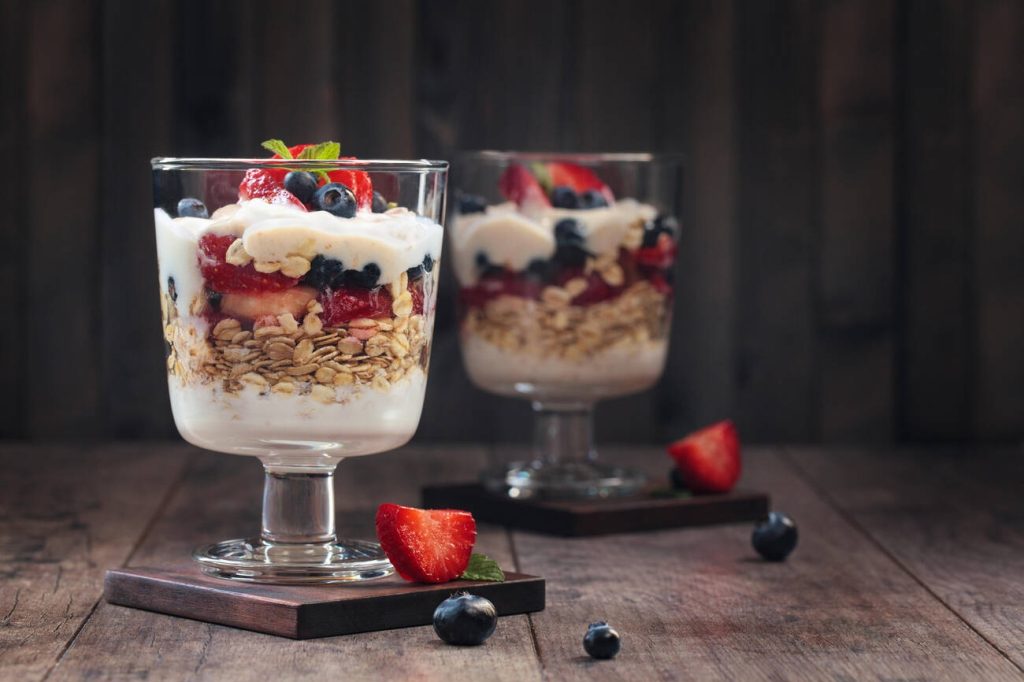Do you know that despite their name, healthy snack recipes may not always be as nutritious as they seem? In fact, many of these seemingly wholesome snacks can contain hidden sugars, lack essential nutrients, and use unhealthy cooking methods. It’s important to understand why certain snack recipes fall short in delivering the health benefits we expect. By exploring the factors that contribute to their unhealthiness, you can make more informed choices when it comes to snacking. Let’s dive into why some healthy snack recipes may not actually be so healthy after all.
Lack of Nutrient Density in Ingredients
When choosing snacks, make sure to consider the nutrient density of the ingredients you use in your recipes. One common issue with unhealthy snack recipes is their lack of protein, which is important for satiety and muscle repair. Additionally, these snacks often contain excessive sodium, which can contribute to high blood pressure and other health problems. Another problem is the lack of variety in unhealthy snacks, leading to repetitive and monotonous eating habits. Furthermore, these snacks tend to have a high calorie content, which can lead to weight gain if consumed in excess. Lastly, unhealthy snack recipes often lack micronutrients like vitamins and minerals that are essential for overall health. By choosing nutrient-dense ingredients and incorporating a variety of flavors and nutrients into your snack choices, you can enjoy satisfying and healthy options that support your well-being.
Hidden Added Sugars in Healthy Snack Recipes
Hidden added sugars can undermine the nutritional value of seemingly healthy snack recipes. It’s important to be mindful of the ingredients you use in your snacks to ensure they are truly nutritious and satisfying. Here are some tips to help you enjoy healthier snacks:
- Healthier alternatives for added sugars in snacks:
- Use natural sweeteners like honey, maple syrup, or dates instead of refined sugar.
- Opt for fresh fruits or dried fruits without added sugars as a sweetener.
- Incorporating nutrient-dense ingredients into healthy snacks:
- Add nuts, seeds, and whole grains for a boost of protein and fiber.
- Include vegetables or legumes to increase the nutrient content.
- Proper portion sizes for satisfying and nutritious snacks:
- Aim for about 150-250 calories per snack to avoid excessive calorie intake.
- Be mindful of packaged snacks that may contain multiple servings.
Misleading Portion Sizes in Healthy Snack Recipes
The portion sizes provided in some snack recipes can be misleading, so it’s important to pay attention to serving sizes and avoid overeating. Misleading marketing and health claims can sometimes make it seem like a certain snack recipe is healthy, but the truth lies in the portion control and nutritional value. Ingredient substitutions may be used to create healthier versions of snacks, but if the portion size is too large, it can still lead to consuming excess calories. It’s essential to read the recipe carefully and understand the serving size indicated. Additionally, being mindful of your own hunger cues and listening to your body can help prevent overeating. By practicing portion control and paying attention to nutritional value, you can enjoy healthy snack recipes without compromising your diet goals.
Unhealthy Cooking Methods Used in Healthy Snack Recipes
You should be mindful of the cooking methods used in snack recipes to avoid compromising their nutritional value. Unhealthy cooking methods can lead to an unappetizing presentation, lack of variety, excessive salt content, high calorie content, and lack of freshness. Here are some factors to consider:
- Cooking Methods:
- Deep frying: This method adds unnecessary calories and unhealthy fats.
- Sautéing with excess oil: It increases the calorie content and can make snacks greasy.
- Baking with excessive sugar or butter: This can result in a high calorie and fat content.
- Considerations for Healthy Snacks:
- Opt for baking or roasting instead of deep frying.
- Use minimal oil or choose healthier alternatives like olive oil.
- Experiment with different spices and herbs to add flavor without excessive salt.
- Benefits of Healthier Cooking Methods:
- Retain the natural flavors and textures of ingredients.
- Enhance nutritional value by preserving vitamins and minerals.
- Create visually appealing snacks that are both tasty and nutritious.
Overreliance on Processed Ingredients in Healthy Snack Recipes
When choosing ingredients for your snacks, be cautious of relying too heavily on processed options. Processed ingredients often lack the nutrient density that whole foods provide. Instead, opt for fresh fruits and vegetables, nuts and seeds, and whole grains to maximize the nutritional value of your snacks. Additionally, pay attention to portion sizes when preparing your snacks. It’s easy to go overboard with processed snacks and consume more calories than you intended. By using whole foods and controlling portion sizes, you can ensure that your snack choices align with your goals for macronutrient ratios and overall health. Consider incorporating cooking methods that preserve the nutrients in your ingredients, such as steaming or roasting instead of deep-frying or microwaving. Making these small adjustments will help you create satisfying and nutritious snacks without relying on processed ingredients.
Unbalanced Macronutrient Ratios in Healthy Snack Recipes
Opt for whole foods when preparing snacks to ensure a balanced macronutrient ratio and maximize nutritional value. When it comes to healthy snack recipes, there are a few common issues that can make them less than ideal. Here are some factors that contribute to the unhealthiness of these recipes:
- Unappetizing flavor combinations:
- Some healthy snack recipes may combine ingredients in a way that doesn’t appeal to your taste buds, making it difficult to enjoy them.
- Lack of variety in healthy snacks can lead to boredom and dissatisfaction with the options available.
- Improper storage and shelf life of ingredients:
- It can be challenging to find fresh ingredients for healthy snacks, especially if you don’t have access to a well-stocked grocery store or farmer’s market.
- Improper storage of ingredients can lead to spoilage and reduce the nutritional value of the snacks.
- Difficulty in finding ingredients for healthy snacks:
- Certain exotic or specialized ingredients required by some healthy snack recipes may not be readily available or easily accessible, making it inconvenient to prepare these snacks.
In order to overcome these challenges and enjoy healthier snacking options, consider incorporating more variety into your snack choices, ensuring proper storage of ingredients, and opting for simple yet nutritious options that are easy to find and prepare.
Inadequate Fiber Content in Healthy Snack Recipes
Inadequate fiber content in some snack recipes can hinder their nutritional value and impact overall health. Snacks that lack sufficient fiber can lead to insufficient satiety, meaning you may not feel full or satisfied after eating them. This can result in overeating and consuming more calories than necessary. Additionally, snacks with inadequate fiber may lack variety, which can lead to boredom and a higher likelihood of reaching for unhealthy options. Another issue with low-fiber snacks is the potential for inadequate protein, which is essential for muscle repair and maintenance. Lastly, these snacks often have a high calorie content but may make misleading health claims, causing you to believe they are healthier than they actually are. To help you make informed choices, here’s a table highlighting common snack ingredients and their fiber content:
| Snack Ingredient | Fiber Content (per serving) |
|---|---|
| Apple | 4 grams |
| Carrot Sticks | 3 grams |
| Almonds | 3 grams |
| Whole Grain Crackers | 2 grams |
Unhealthy Additions and Toppings in Healthy Snack Recipes
Now that you understand the importance of fiber in healthy snack recipes, let’s discuss another issue: unhealthy additions and toppings. It’s disappointing to find that some so-called “healthy” snacks actually contain ingredients that are not good for you. Here are a few reasons why this is the case:
- Unappetizing flavor combinations:
- Some healthy snacks try to mimic unhealthy ones but fail to deliver on taste, leaving you unsatisfied.
- Bland or strange combinations can make it difficult to enjoy these snacks.
- Misleading health claims:
- Many packaged snacks claim to be healthy but are loaded with excessive calorie content and artificial additives.
- These misleading claims can trick you into thinking you’re making a nutritious choice when you’re not.
- Lack of variety in healthy snacks:
- Healthy snacks often lack variety, leading to boredom and increased cravings for unhealthy options.
- Limited options can make it challenging to stick with a healthy eating plan.
It’s important to read labels carefully and choose nutrient-rich ingredients when selecting or preparing healthy snacks. Don’t be fooled by marketing tactics – prioritize your health by opting for satisfying and truly nutritious snack choices.

